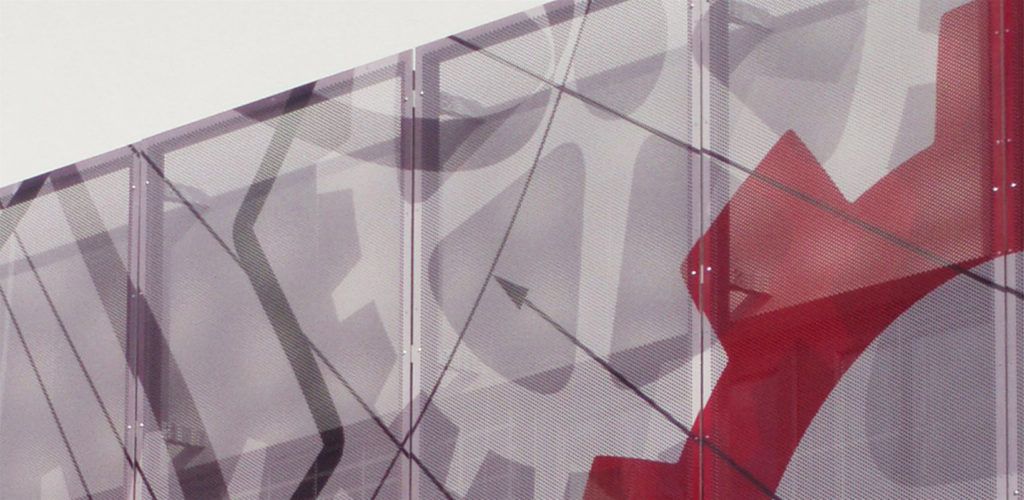Quilley School of Engineering
Quilley School was originally built in 1963 in an era where affordable and quick building methods were required to meet the exceptional demands of educational expansion programmes. Unfortunately, many of these buildings have not stood the test of time due to poor design and insulation resulting in high energy consumption.
Hampshire County Council identified Quilley School of Engineering as one of the facilities in need of modernisation and as the structure was not built to standards, new cladding provided the optimum remedial solution. A new cladding system was designed to meet modern building standards and reduce the buildings carbon footprint and PSP Architectural was invited to join the supply chain to produce the decorative cladding panels to sit proudly on the new external envelope.
To create stand out and appeal, PSP produced customised panels utilising specialist machinery, which included patterns and perforations which depicted the building’s use and occupants within.
It was essential that the cladding panels not only provided insulation but also solar shading to reduce glare whilst also looking aesthetically appealing. This was easily achieved as the Matrix Mosaic system is available in a range of finishes and thicknesses and any colour combinations.
ARCHITECT
HCC Property Services
CONTRACTOR/DEVELOPER
Morgan Sindall
PSP SYSTEM
Matrix Mosaic – Bespoke Cladding
MORE INFO >
“The whole block has been completely transformed, such that staff and students are now working in a modern, safe, energy and maintenance efficient building. The whole refurbishment process was worth the minimal disruption that was caused.”
MARK WESTLAKE – BUSINESS MANAGER QUILLEY SCHOOL





< BACK TO CASE STUDIES MENU
